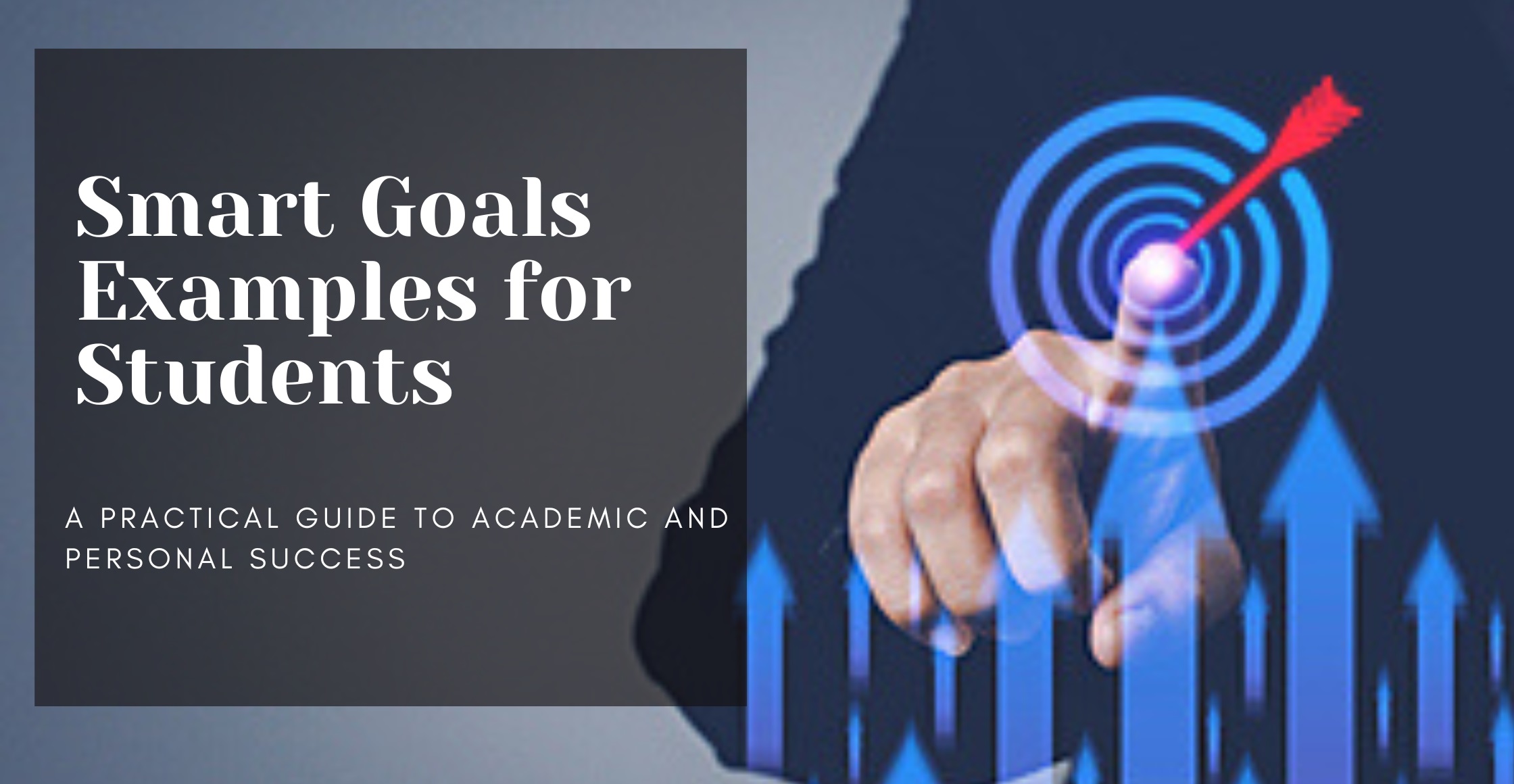In today’s rapidly evolving world, there’s an increasing need to bridge the gap between education and training. This gap has a significant impact on individuals, businesses, and industries, affecting everything from career prospects to overall productivity. But what exactly is this gap, and why should we care about closing it?
In simple terms, education provides foundational knowledge, while training offers the practical skills needed to apply that knowledge effectively in real-life scenarios. Though both are essential, the disconnect between the two often leaves workers unprepared for the demands of their jobs. This post will delve into the importance of bridging the gap, how it can be done, and why it’s crucial for both individuals and organizations.
Click Here to Learn How to Effectively Communicating Complex Ideas
What is the Gap Between Education and Training?
Education is typically more academic, focusing on theory, critical thinking, and broad knowledge. It’s what you receive in schools, colleges, and universities, where the emphasis is often on learning about subjects in an abstract sense.
On the other hand, training is job-specific, hands-on, and focuses on the practical application of skills. This is often done in the workplace or through specialized programs designed to prepare individuals for specific roles or tasks.
The gap between education and training arises when the knowledge gained through education does not perfectly match the skills required in the workplace. This means that while graduates might possess theoretical knowledge, they may not be adequately prepared to handle the practical demands of their jobs.
Click Here to Explore Successful Communication on Video Calls!
Why Bridging the Gap is Essential
1. Improved Employability
One of the biggest reasons to bridge the education and training gap is to enhance employability. Many job seekers face challenges because their educational qualifications don’t align with the hands-on skills employers need. By combining both education and training, individuals become better equipped to meet the expectations of potential employers.
2. Better Job Performance
When employees are trained to apply their education effectively, they perform their jobs more efficiently and with greater confidence. This leads to improved job satisfaction, fewer errors, and higher productivity.
3. Industry Growth and Innovation
A workforce that is both well-educated and well-trained can drive innovation in any industry. When employees possess the knowledge and the practical skills to implement it, they are better able to solve complex problems and introduce new ideas. This fosters growth and keeps industries competitive.
4. Personal Development
Bridging this gap also benefits individuals on a personal level. Combining education and training helps individuals develop a well-rounded skill set, empowering them to take on new challenges, grow in their careers, and remain adaptable in the face of technological and market changes.
Click Here for a Guide to Fixing the Top 5 Communication Issues for Professionals
How to Bridge the Gap Between Education and Training
1. Incorporate Hands-On Learning in Education
To effectively bridge the gap, it’s essential for educational institutions to incorporate practical learning experiences into their curriculums. While theoretical knowledge is important, real-world applications must also be emphasized. This can be achieved through internships, work placements, or practical labs that give students exposure to industry-specific skills and environments.
2. Collaboration Between Employers and Educational Institutions
One effective way to bridge the gap is through partnerships between employers and educational institutions. Collaboration ensures that the skills taught in schools align with the current needs of industries. By working closely together, both parties can design curriculums that are both academically rigorous and job-relevant.
Employers can also provide valuable feedback to schools and universities about the skills they need in potential employees. This feedback loop allows educational institutions to adapt and ensure that students are prepared for real-world challenges.
3. Workplace Training Programs
Another effective solution to bridge the gap is through the introduction of workplace training programs. Once students graduate, they can undergo on-the-job training that allows them to apply their academic knowledge in real-world scenarios. This can take the form of mentorship programs, apprenticeships, or formal training sessions within the company.
Through such programs, employees can develop job-specific skills in a supportive environment, enabling them to hit the ground running as soon as they start their jobs.
4. Continual Professional Development
For those already in the workforce, continual professional development (CPD) is essential. Training should not stop once an individual has secured a job. Industries are constantly evolving, and individuals must continue to update their skills to remain competitive. Employers can offer CPD opportunities to help employees stay up-to-date with the latest tools, technologies, and practices in their field.
5. Blended Learning Approaches
To bridge the gap effectively, a blended learning approach can be extremely beneficial. This method combines traditional education with online training and practical experiences. By using e-learning platforms, individuals can access flexible, on-demand courses that complement their educational background and provide specific job-related skills.
This approach is particularly valuable for adult learners and those looking to upskill or reskill as they transition into new careers.
Click Here to Learn Workplace Communication Hacks: Strategies for Success
Key Benefits of Bridging the Education and Training Gap
1. Enhanced Skill Sets
The most obvious benefit of bridging the gap is that it leads to a more skilled workforce. When individuals are equipped with both knowledge and hands-on experience, they become more competent in their roles and are better prepared to take on new challenges.
2. Faster Career Advancement
Individuals who have both solid educational qualifications and relevant training are more likely to advance in their careers. They’re better equipped to take on leadership roles or specialized positions and have the versatility that employers value.
3. Reduced Skill Shortages
In industries where skill shortages are a concern, bridging the gap can help fill these gaps quickly. With a well-trained, knowledgeable workforce, companies can adapt faster and meet the demands of a competitive marketplace.
4. Lower Employee Turnover
Companies that invest in both education and training often see a decrease in employee turnover. When employees are continuously learning and growing, they feel more engaged and motivated in their roles, leading to better job retention.
5. Cost Efficiency for Businesses
Businesses that bridge the gap between education and training reduce the need for extensive retraining and re-hiring. By ensuring that new employees are trained properly and have the foundational knowledge they need, companies can lower recruitment costs and improve the overall cost-efficiency of their workforce.
Real-World Examples of Bridging the Gap
Many companies and educational institutions are already taking steps to bridge the gap between education and training. Google, for example, has introduced the Google Career Certificates, which provide learners with practical, job-ready skills in fields such as IT support, data analysis, and project management. These certifications allow individuals to gain practical training and become job-ready without needing to go through traditional educational routes.
Likewise, apprenticeship programs in fields like plumbing, electrical work, and carpentry offer hands-on experience alongside formal education, making it easier for individuals to transition directly into the workforce.
Conclusion
The importance of bridging the gap between education and training cannot be overstated. As we move into an increasingly complex and fast-paced world, it is crucial that we equip individuals with both the theoretical knowledge and practical skills they need to succeed. By focusing on real-world applications, fostering partnerships between education systems and employers, and promoting lifelong learning, we can create a workforce that is ready for the challenges of tomorrow.
By prioritizing the combination of education and training, we can not only improve individual careers but also help businesses thrive in an ever-evolving market. The future depends on how well we can connect learning with real-life experience, and by bridging this gap, we ensure that everyone is set up for success.





